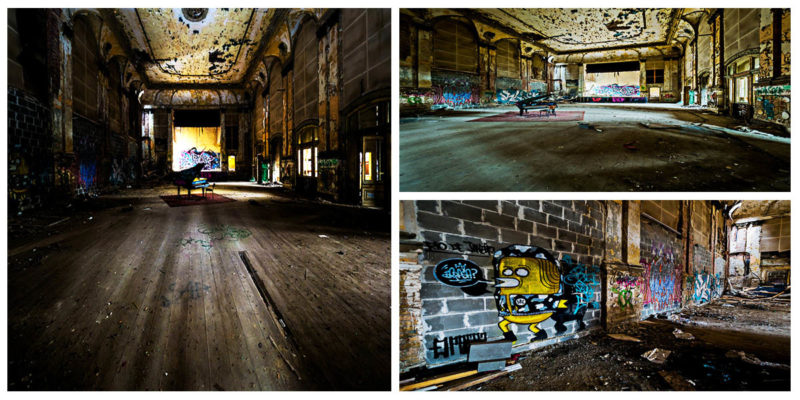The Ballhaus Riviera at Grünau was built in 1890 on the shore the Dahme River. As the population of Berlin started to grow with the founding of the German Empire (“Deutsches Reich”) in the late 19th century, so the needs for diverse ways to entertain the people also expanded.
And so on the borders of the German capital’s new residential areas, facilities for water sports and various places for entertainment came into existence. A number of boat houses were established along the riverside as well as clubs for rowing, canoeing, and sailing. The area expanded to become a popular destination for watersports, known for its regattas.
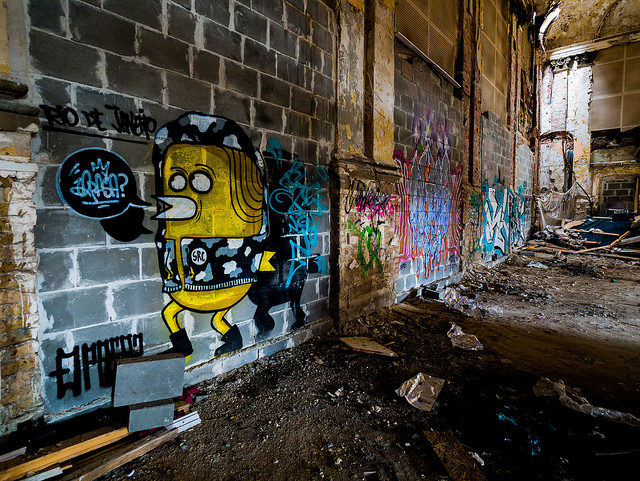
All of the boating clubs together with development of gardens, sun terraces, and waterside properties such as the Ballhaus, formed the apex of German luxury and decadence. The luxuriously constructed dance hall was where numerous internationally famous artists and musician performed for the pure joy of the guests and the tireless dancers.
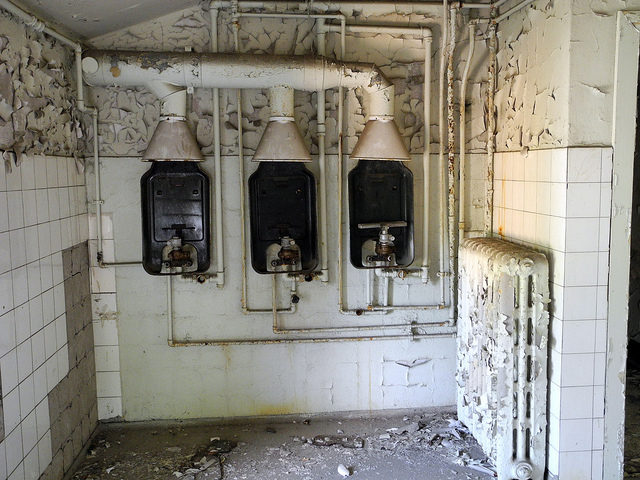
The fact that Berlin was the host for the 1936 Olympic games made this place even more famous than it already was. The close proximity to the water games was a thrill that people from far and near came to experience.
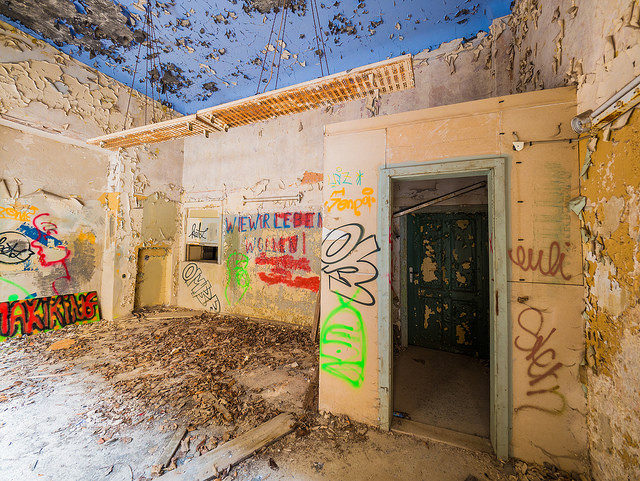
The Ballhaus itself was made with ceilings 30 feet high, hung with grandiose chandeliers, and a parquet floor so shiny that it reflected the ornaments of the walls. The gardens were gradually expanded, even allowing space during the 1920s and 30s for an outdoor dance floor to be enjoyed by visitors.
During the Second World War, the Ballhaus became the favorite spot for the Nazi Elite who would come there regularly to enjoy their favorite food and dance to their favorite tune. Luckily the Ballhaus survived the horrors of the Second World War and remained in possession of the GDR (German Democratic Republic) after the war.
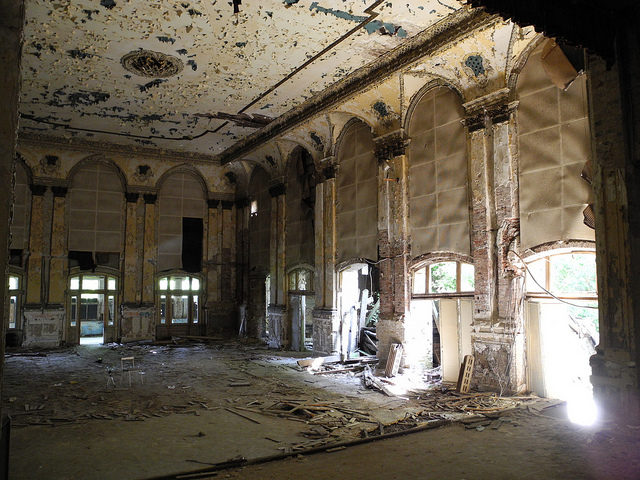
During the 1950s and the 1960s, the interest in the Riviera stubbornly continued to linger on. People still counted this place among their favorite until interest started to slowly fade away during the 1970s with the arrival of the disco era.
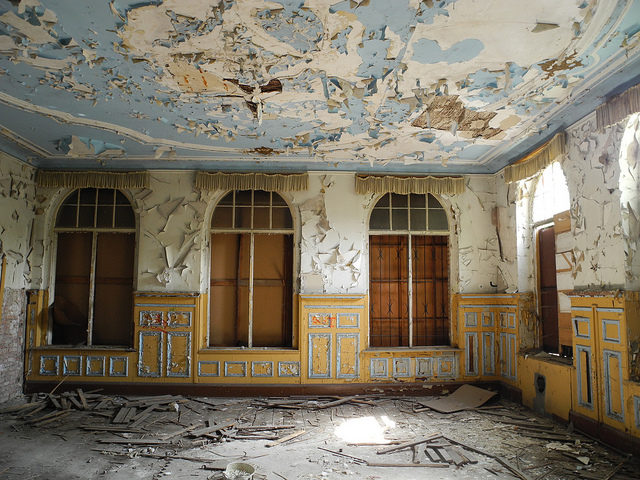
Slowly the property fell into ruins. It was only a matter of time before the vandals would start with their usual way of dealing with past memories, covering the once luxurious walls with graffiti.
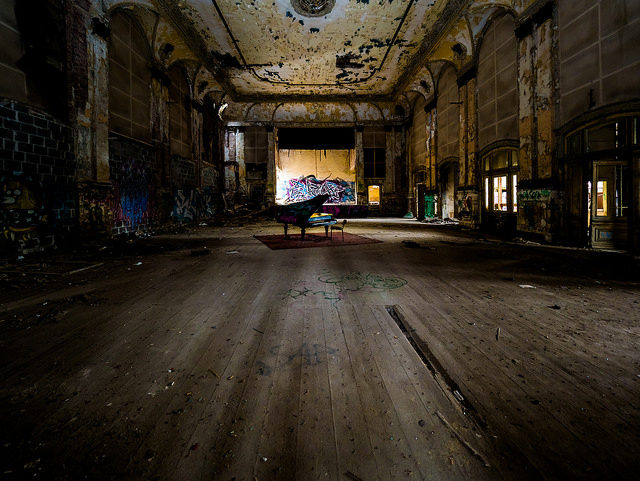
Post-war Soviet command of East Berlin placed the property, then owned by Johannes Bittner, under the trusteeship of the Federal Republic. Renovations during the 1950s saw a number of the extravagant features removed. The property fell out of use and was later placed under control of the state-owned real estate company Treuhand Liegenschaftsgesellschaft (TGL). As they struggled to find a buyer, the state of Ballhaus Grünau declined even more.
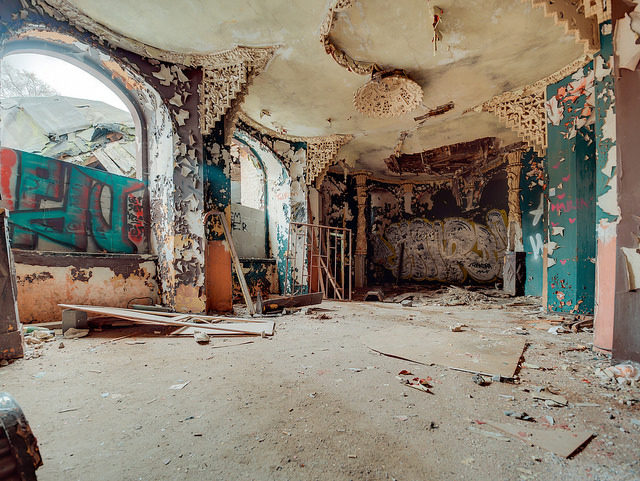
TGL planned to demolish the surrounding buildings but preserve the Ballhaus and its facade. Unfortunately, there was no investor brave enough that would invest 15 million euros in renovating this place.
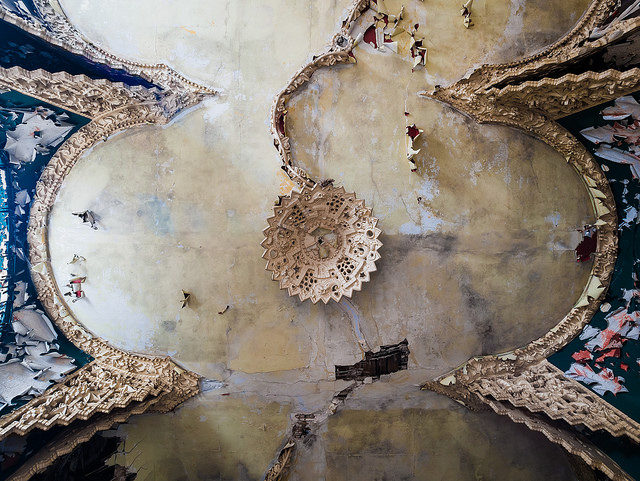
After countless hours of negotiating, the TGL finally made a deal, years later in 2006 with a business woman from Ankara. She bought the property with the promise to build a hotel, including even a floating restaurant. To this day there is no sign of any repairs and the Ballhaus continues to crumble.
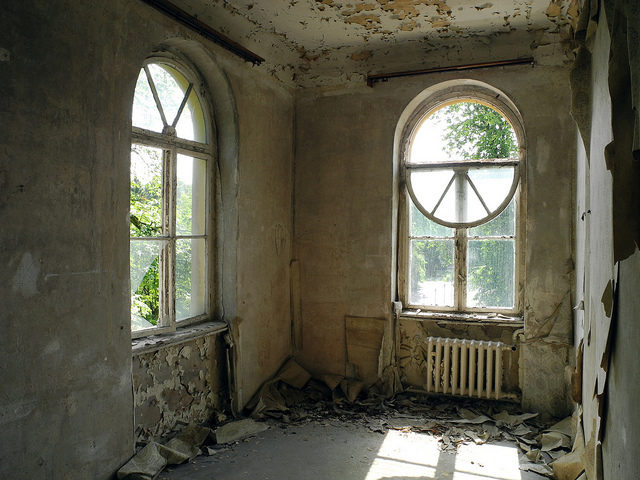
People feel sad about this place, given that many learned to dance inside this once beautiful dance hall. The last human dance is long gone, though this place is still dancing with time itself.
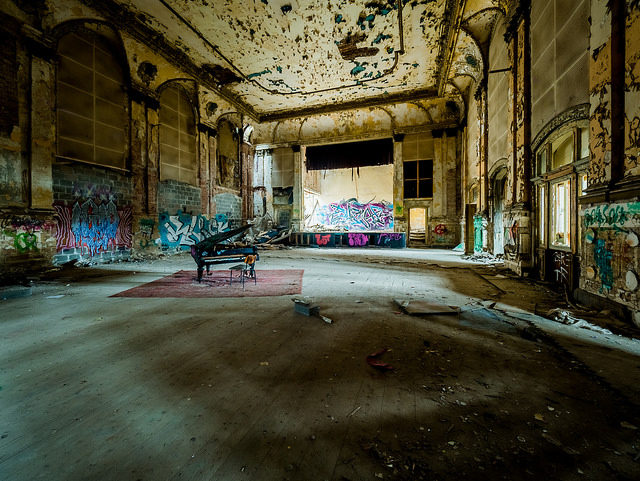
Almost all of the ceilings have caved in allowing for rain and snow to continue year after year to destroy the already plundered interior of this Ballhaus. Urban explorers constantly visit and write about this place. Countless photographs are taken so that memories may never fade away.
